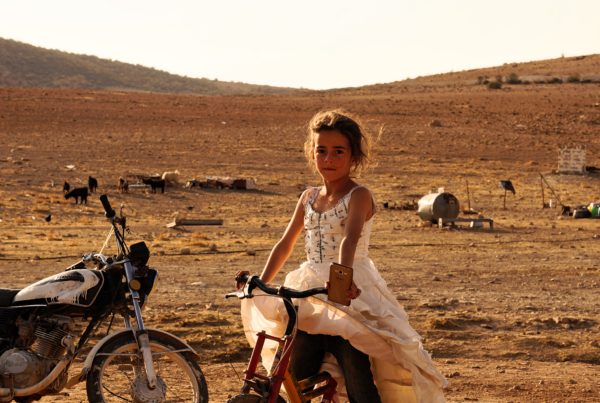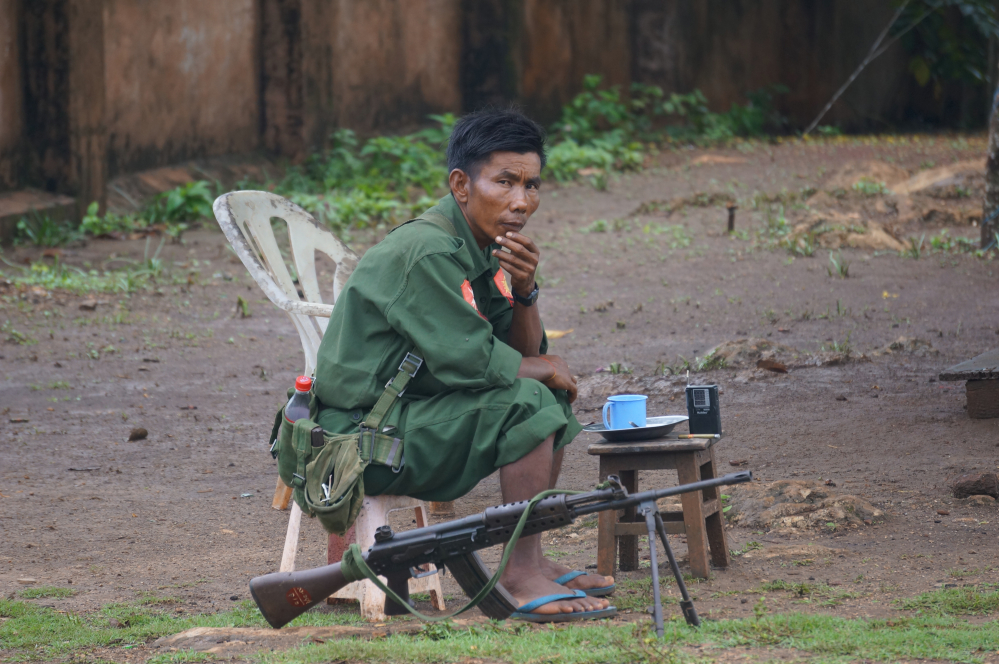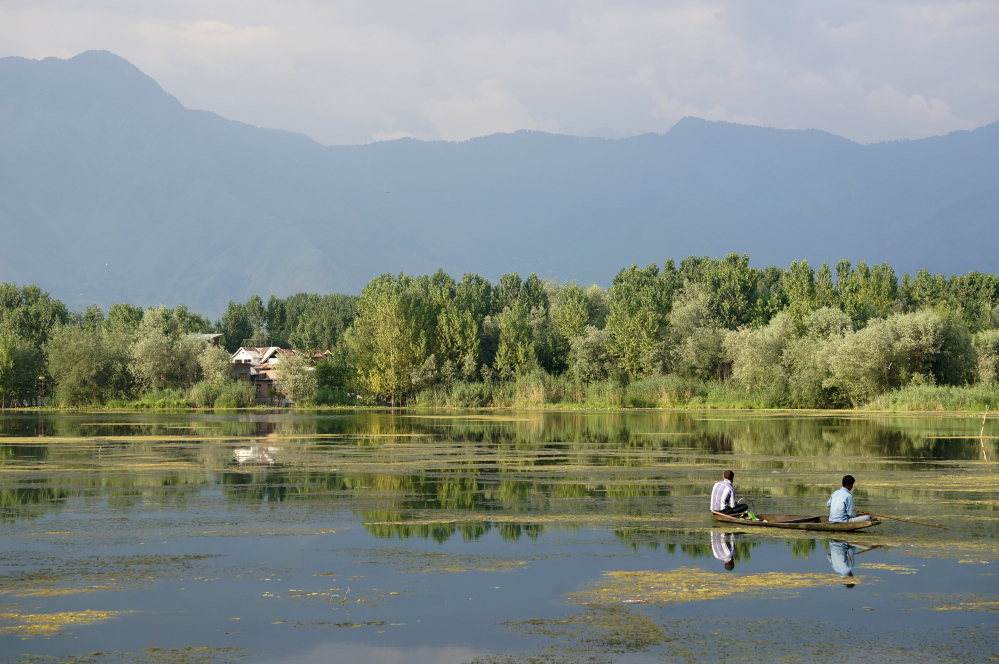On the road to Yazd, we took a detour along a canyon to the village of Abyaneh, situated at the foot of Mount Karkas. We had to pay to enter the red mud-brick village that twists and winds its way up the mountainside. Abyaneh is not a normal town: it is 1500-years-old, which means it predates Islam. The village preserves the architecture, the clothes, the language and accent and customs of an era almost forgotten. The ancientness of the language goes back to the ages of the Achaemenides and Sassanides. The women’s fashion belongs to the Safavid time and the male clothing resembles Bakhtiaris traditional dress. We walked underneath balconies and past mosques and fire temples of the Zoroastrian religion. Old women bent over at the waist wore white headscarves decorated with red flowers around their heads, common within the Zoroastrian faith. Zoroastrian women don’t wear chadors but they do follow the strict hejab laws governing women’s dress.
Zoroastrianism used to be the main religion of the Iranian Plateau until Islam arrived with the Arab conquest. Zoroastrianism was one of the first monotheistic religions; their prophet Zoroaster predates Jesus by over a thousand years. Their supreme being, Ahura Mazda, has no symbol or icon. Zoroastrians pray to him in fire temples. Many Iranians still proudly wear the Zoroastrian symbol in reference to the ancient Persian empire: a winged figure of a Fravashi (guardian angel) that symbolises Fravahar, the part of the spirit that reaches Ahura Mazda after death. Of the 150,000 or more Zoroastrians in the world, 20 000 live in Iran, and 4,000 live in our next destination, Yazd.
Yazd, one the oldest towns in the world, is surrounded by desert. When we were exploring the dusty old town of mud-brick homes, and the crumbling brown tunnels and arches of the ancient bazaar it felt as if the city had been swallowed by the sand dunes. The streets were abandoned during the day but came alive as the heat left with the evening. We played football in a hot square with Afghan school boys then we ate a lonely dinner of Ghorme Sabzi with saffron rice, raisins and broad beans in a deserted restaurant at 7pm. The Wind Towers or Wind Catchers (badgirs) stood out oddly against the low-rise skyline. The badgirs are ancient systems of natural air-conditioning that are designed to capture the slightest breeze and direct it to the rooms below.
We visited the ‘Towers of Silence’, two circular structures located on opposite hilltops overlooking Yazd. Mountains on one side, brown Yazd on the other. It is said that the Zoroastrians believe in the purity of the elements and won’t contaminate the earth with cremation or burial rites. They used to place their dead in ‘towers of silence’ and let the vultures pick the bones. Nowadays, deceased Zoroastrians are usually buried in graves lined with concrete to prevent ‘contamination’ of the soil.
It was in Yazd that I was asked to go to a desert party. You can read about my experience in this article I published in VICE.
While in Yazd, my travel partners received some tragic news: a death in the family sent them home to Australia leaving me alone in Iran. Prior to arriving in Iran, I may have been nervous about travelling solo around the country; however, this was not an issue once I saw how easy it was to get around. I joined up with a female German backpacker, Lydia, who advised me to renew my passport in Yazd. Apparently the lines were much longer at the busy immigration offices in big cities like Esfahan and Tehran.
We were taken to the office by Jans, a Belgium man, who was halfway through the process. When we arrived, there were long lines of Afghan migrants and refugees who are temporary residents in Iran and have to renew their visas regularly (I am told yearly). Jans walked straight past the queue to the front door and was allowed to enter without issue. The Afghans didn’t say a word.
The process ended up being quite simple. We paid our money at a bank nearby, completed the relevant documents attached with passport photos (which we printed at a photography store earlier that day and were horribly airbrushed in the Iranian style), and returned the next day to pick up our renewed visas.


